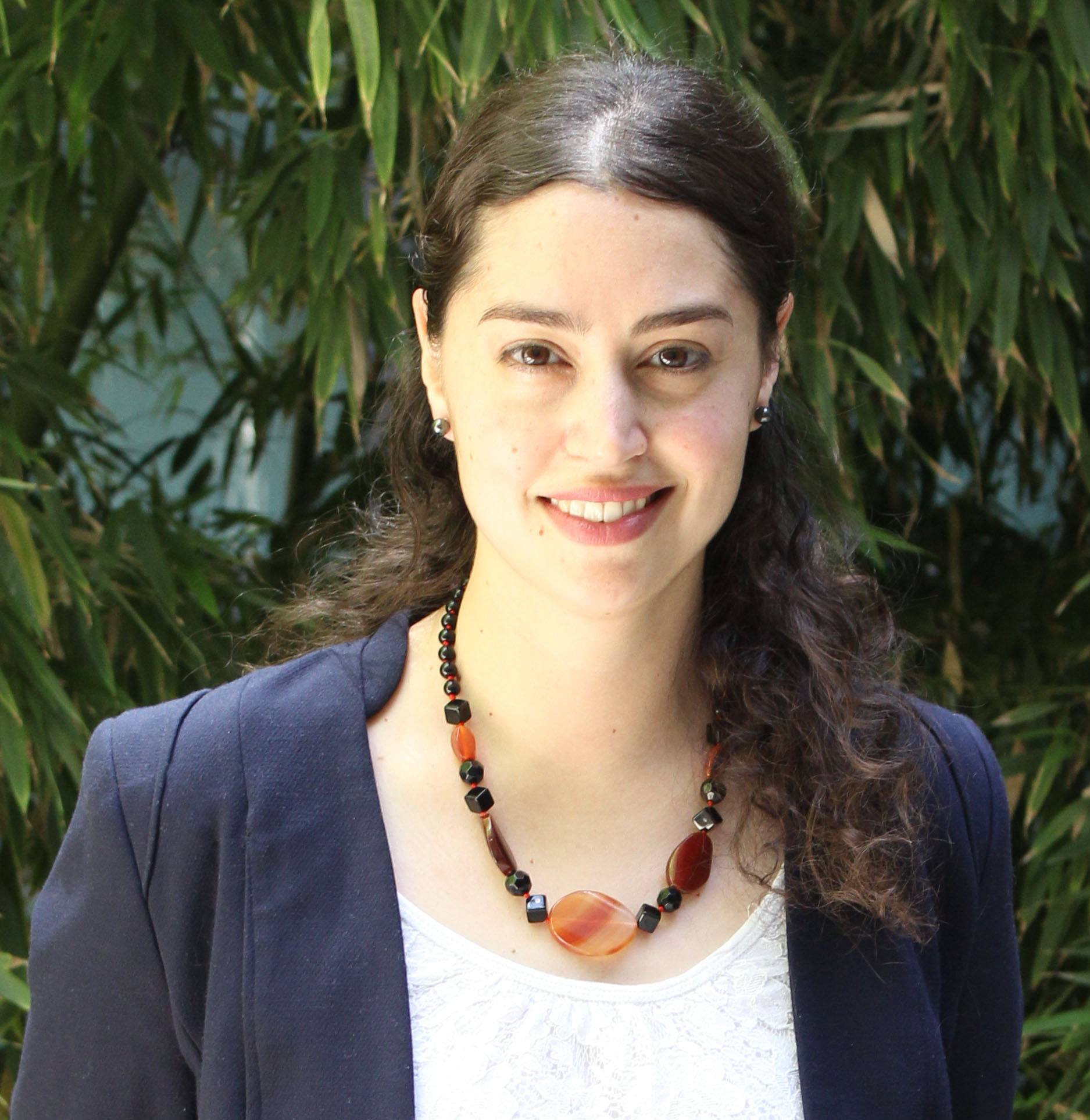Cancer Technologies
Tumor Microenvironment I
Engineering mammary tissue models to study drivers of cancer recurrence
Friday, October 25, 2024
2:00 PM - 2:15 PM EST
Location: Room 336

Marjan Rafat, PhD
Assistant Professor
Vanderbilt University
Nashville, Tennessee, United States
Invited Speaker(s)
Introduction: Approximately 15% of breast cancer patients suffer recurrence at the site of treatment. While recurrence is typically thought to arise from persistent tumor cells within treated tissue, recent studies suggest that circulating tumor cells returning to the primary tumor site may play a role in recurrence. However, the role of the breast tissue microenvironment in recurrence is not well understood. We studied how the irradiated extracellular matrix in breast tissue creates a pro-recurrent microenvironment.
Materials and
Methods: We first characterized the effects of mammary tissue irradiation on tumor and immune cell migration in vivo. Our results then informed the design of extracellular matrix hydrogels derived from mouse mammary tissues. We analyzed the structure, composition, and mechanical properties of murine breast tissue following irradiation. We then decellularized the tissues and processed them to form hydrogels. Breast cancer cells and macrophages were embedded into the hydrogels to determine the role of the irradiated extracellular matrix on tumor-immune interactions.
Results, Conclusions, and Discussions: Through our engineered breast-mimetic extracellular matrix hydrogel model, we determined that radiation facilitates tissue damage that enhances macrophage proliferation and polarization toward an immunosuppressive phenotype as well as tumor cell proliferation and invasion. These results indicate that irradiation of breast tissue may produce a microenvironment suitable for tumor cell retention, proliferation, and invasion. Our work suggests that the damaged breast stroma directly enables tumor cell regrowth through supporting immunosuppressive, pro-tumor immune cells. This study represents an important step toward determining the contribution of stromal cells to recurrence following therapy in breast cancer. Future studies will utilize these results to engineer improved in vitro tumor and breast-mimetic microenvironment models to probe the complex mechanisms that drive breast cancer recurrence and metastasis.
Acknowledgements (Optional):
